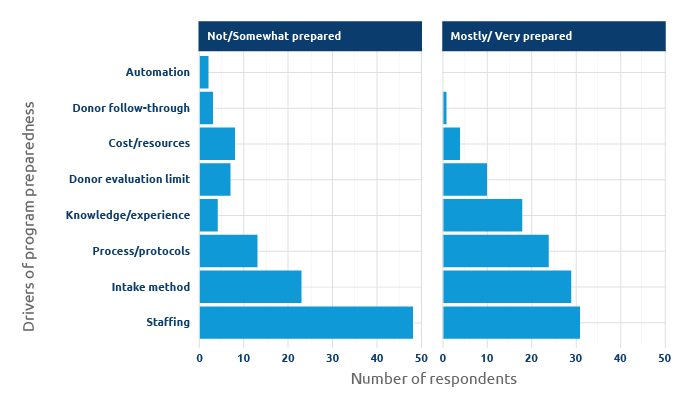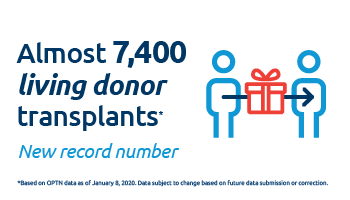in focus
A new study led by UNOS researchers suggests that estimates from the past may not fully capture end-stage renal disease risk, as the diseases often takes several decades to develop.
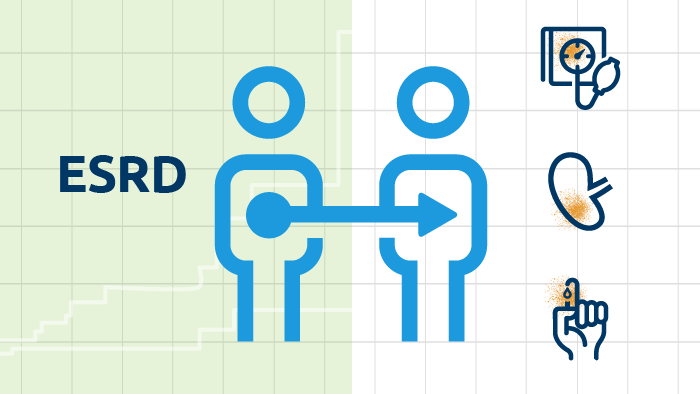
Race and family history may predict whether a living donor who donated an organ to a relative will develop end-stage renal disease later in life.
Researchers are getting closer to being able to predict if a living donor will develop end-stage renal disease, or ESRD, decades after they donate a kidney to a relative.
“We looked at data that had not previously been investigated to help us predict which donors would get renal disease decades after donating their kidney,” said United Network for Organ Sharing senior research scientist Jen Wainright, Ph.D., who presented her team’s findings at the 2019 American Transplant Congress.
The study clarifies variations in disease development risk among groups of living kidney donors, indicating that race and family history might help predict if a living donor who donated an organ to a close relative will develop ESRD later in life. It also suggests that estimates from past research may not fully capture ESRD, as the diseases often takes several decades to develop.
Wainright and her colleagues studied data from the Organ Procurement and Transplantation Network and the Centers for Medicare and Medicaid Services to analyze trends related to race and disease diagnosis. Specifically, the researchers looked at living kidney donors with related organ recipients and studied associations between the recipients’ diagnoses and the development of ESRD among their relatives. The findings include:
- Black donors had a four-fold higher risk of developing ESRD than white donors when their related recipients had glomerular diseases, which are diseases that cause scarring of the filters in the kidney.
- Among white living kidney donors, those whose related recipients had hypertension-related ESRD were at higher risk for ESRD than those whose related organ recipients had glomerular disease.
- Among black living kidney donors, the risk of ESRD among those whose related organ recipients had hypertension-related ESRD was similar to those whose related recipients had glomerular disease. Black living kidney donors whose related recipients had diabetes were at lower risk than those whose recipients had glomerular disease.
“Various families have different patterns of end-stage renal disease development,” Wainright said. “Our findings indicate that risk to a related donor is going to vary based on family history.”
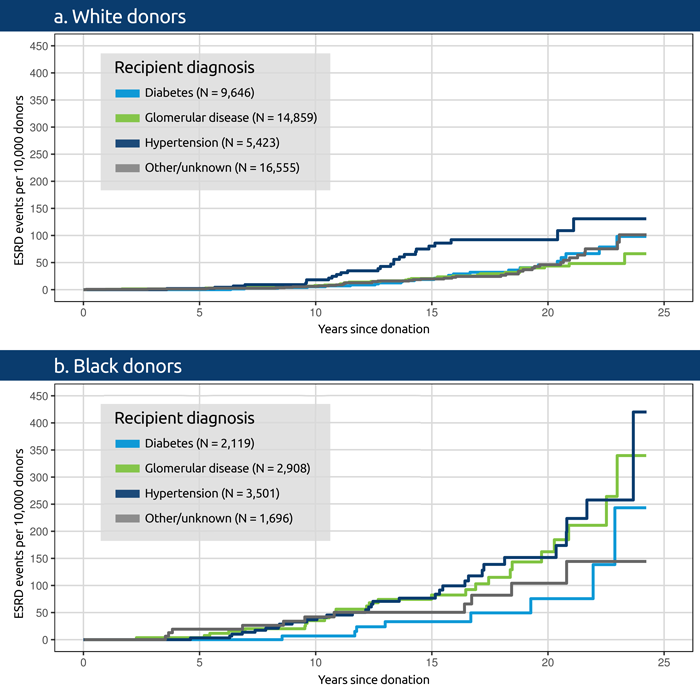
Analyzing data by race and other factors clarifies variations in risk among different groups of living kidney donors
Wainright J, Robinson A, Wilk A, Klassen D, Cherikh W, Cartwright L, Stewart D. Recipient Predictors of Post-Donation End-Stage Renal Disease in Living Kidney Donors [abstract]. Am J Transplant. 2019; 19 (suppl 3).
In focus
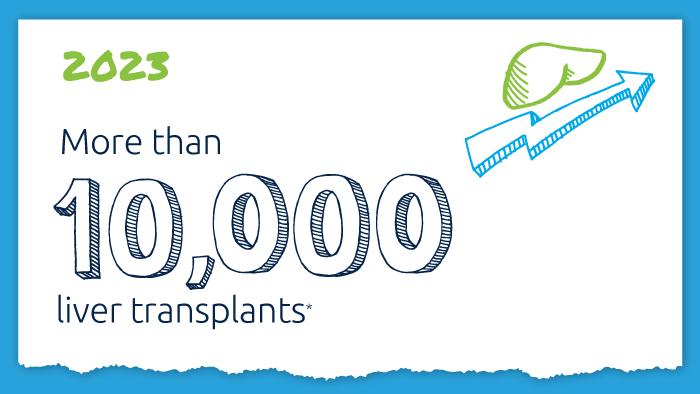
A decade of record increases in liver transplant
10,660 liver transplants, the most ever in a year.
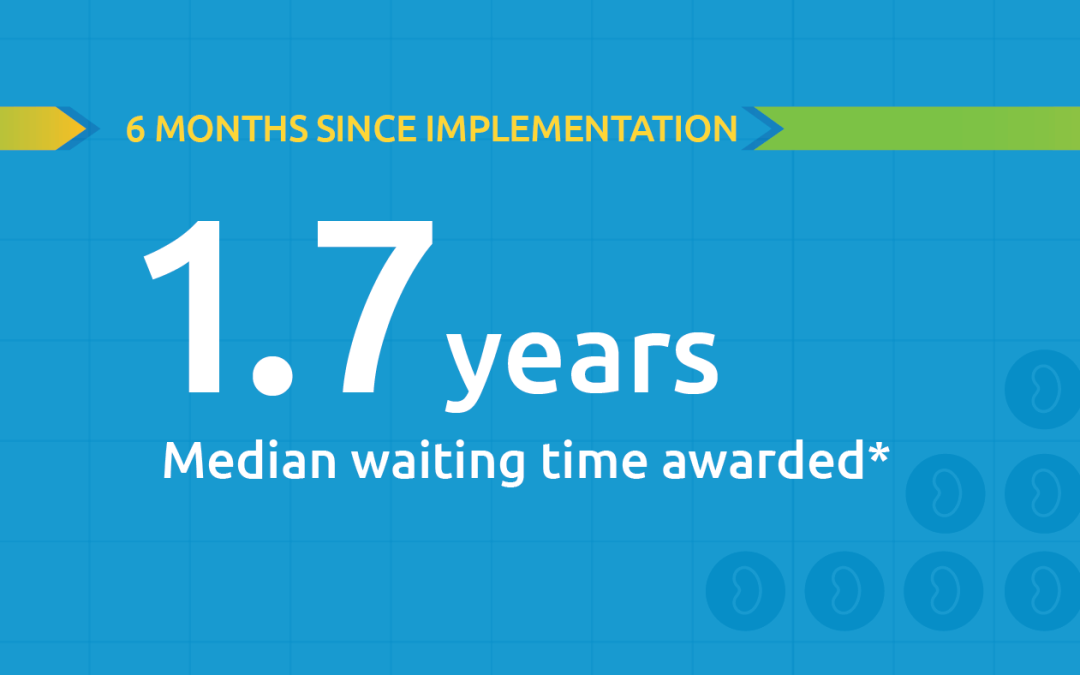
Black kidney candidates are receiving waiting time modifications, helping them get the organs they need
Latest kidney monitoring report shows two new kidney polices are working as intended

Research in focus: examining organ offers
Three recent studies from UNOS researchers examine offer acceptance practices and impact of Offer Filters tool.
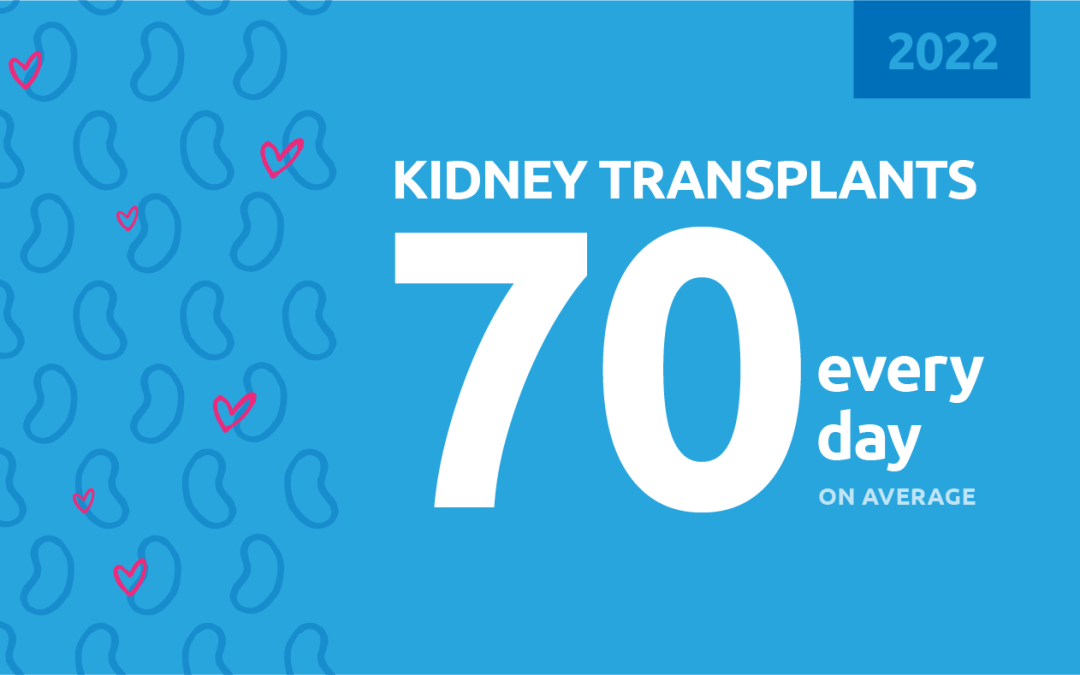
New milestone reached in kidney donation and transplant
For the first time, more than 25,000 kidney transplants were performed in a single year










